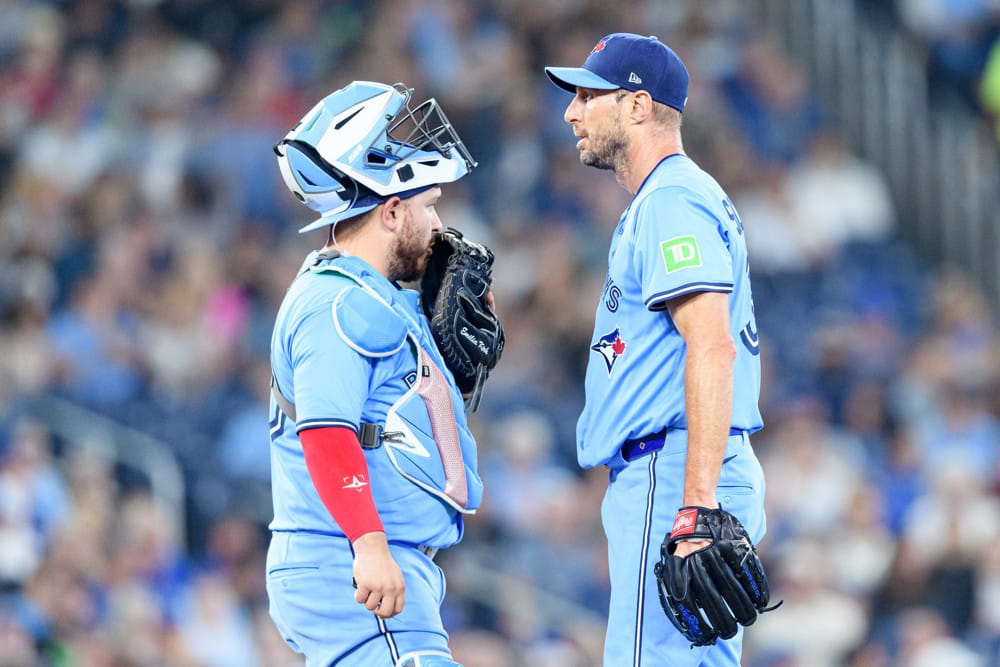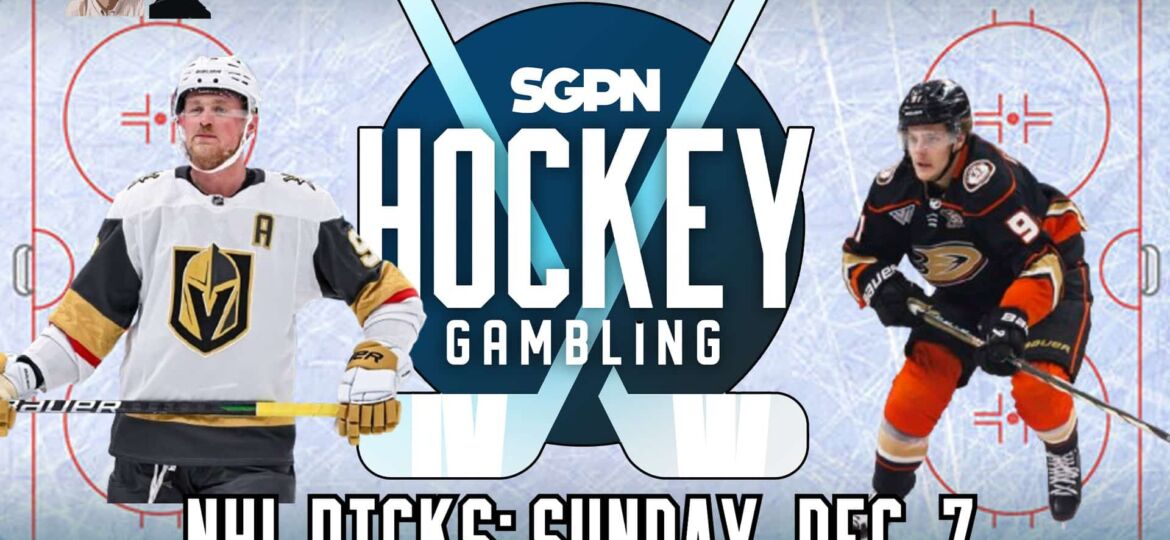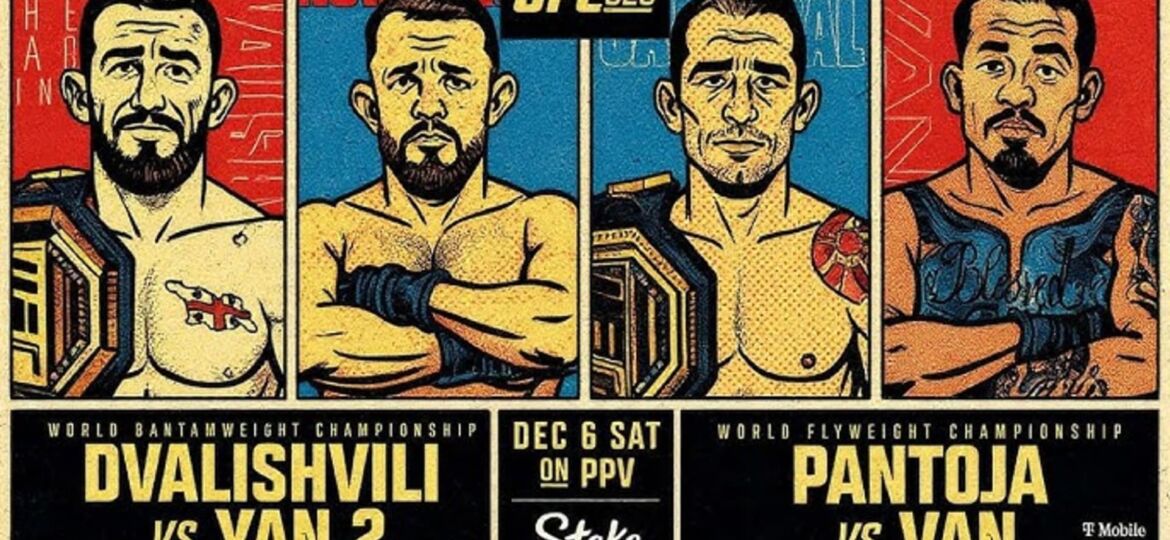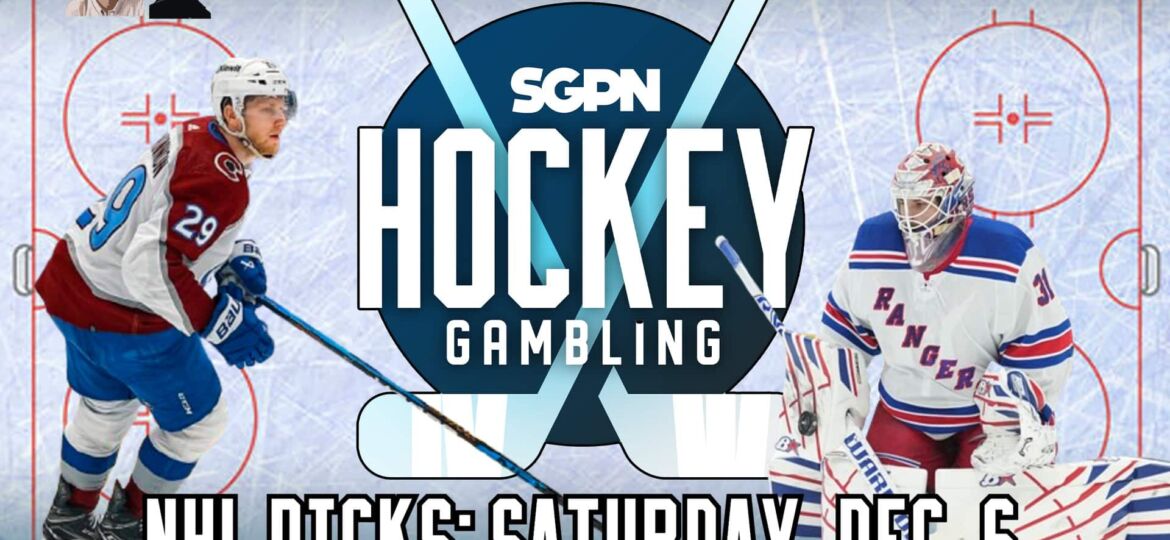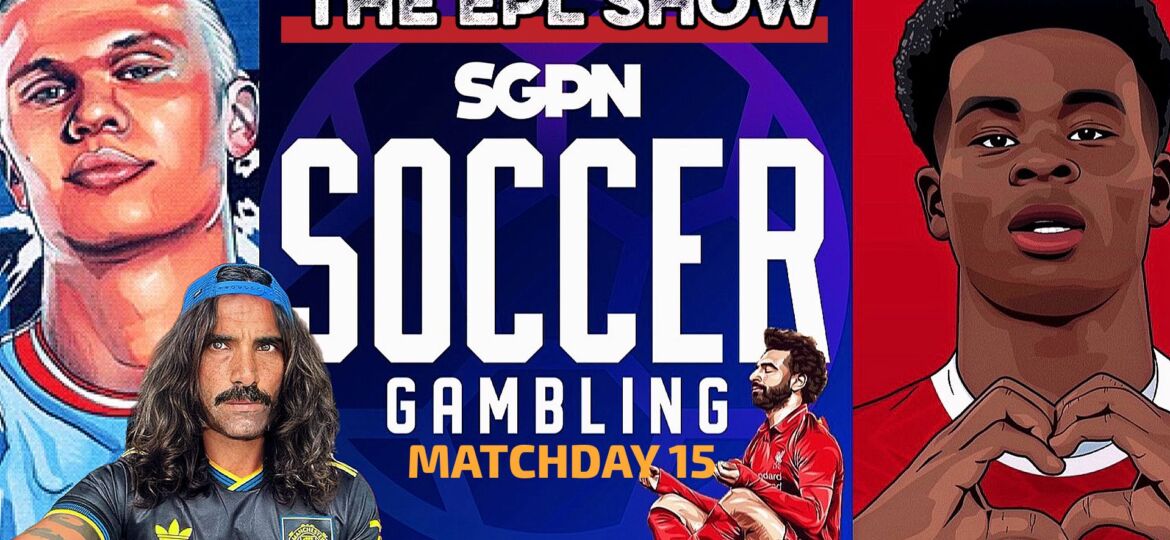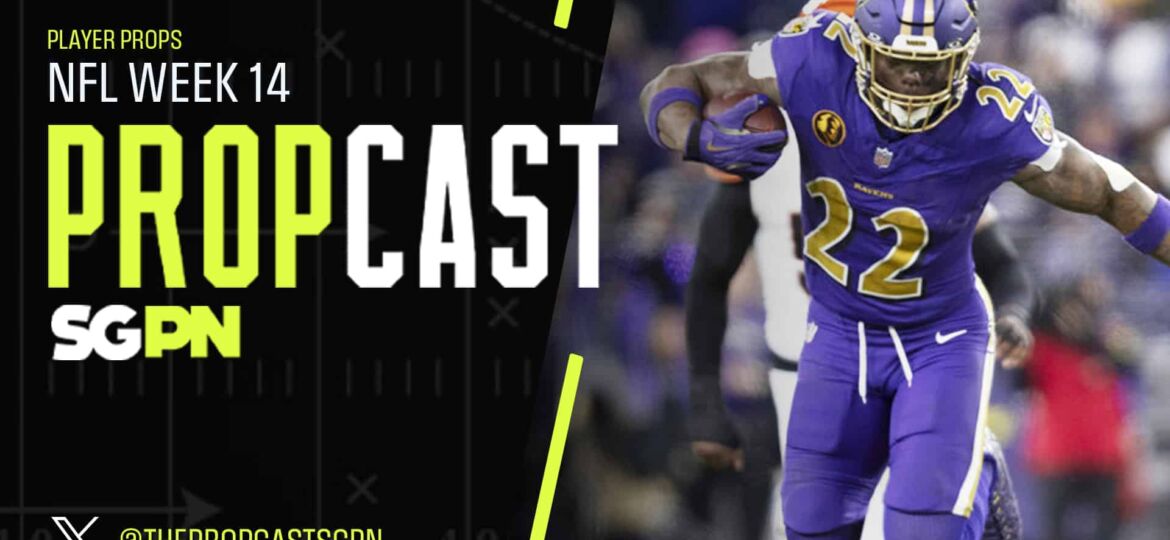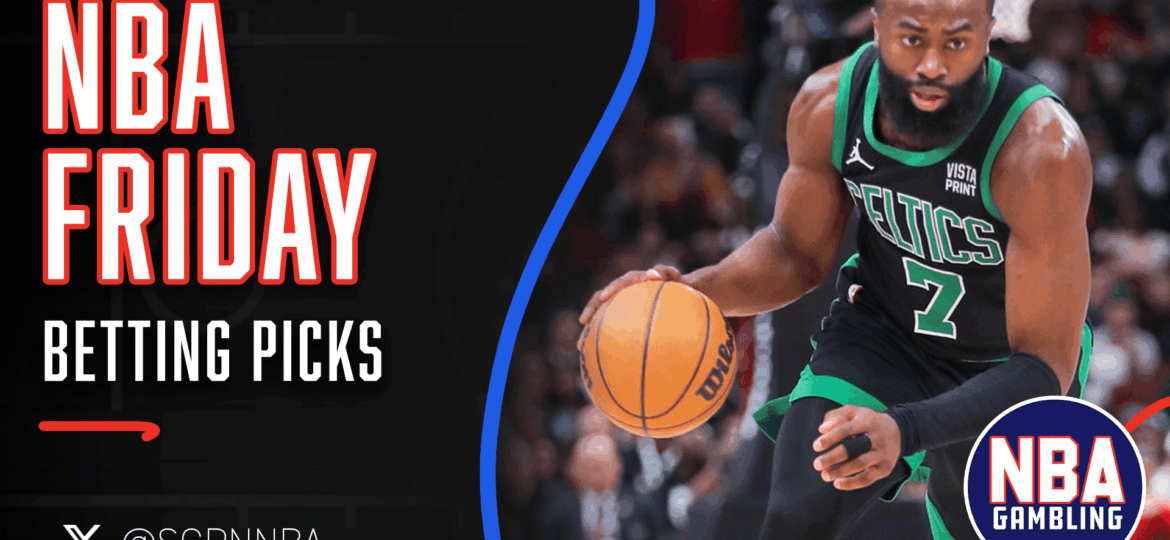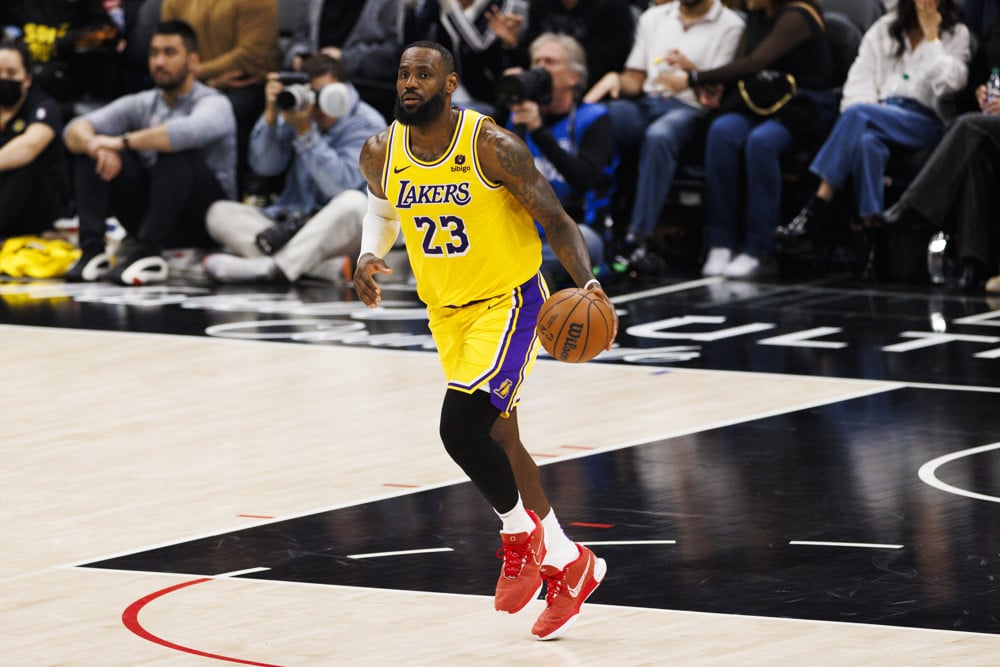
This article is about arming you with actionable strategies, concrete figures, and reliable tools so you walk into your fantasy basketball auction draft with confidence, purpose, and a roadmap for success. You will get guidance on managing your budget, drafting shrewdly, and capitalizing in-season — and along the way you will see exactly how to use auction values (especially NBA fantasy auction values) as your internal compass.
🏀 Intro: The NBA Season Is Here — Are You Draft-Ready?
Fantasy basketball season is around the corner, and whether you are the reigning champion or a hungry underdog, you need to be prepared. Auction drafts are quickly becoming the preferred choice for experienced fantasy players who crave more control. Instead of hoping for the right pick in a snake format, you can bid for any player in the league — but that power comes with responsibility. Without a disciplined approach to money management, you might burn through your budget before half your roster is filled. This guide covers the full playbook: understanding your format, budgeting wisely, using the right tools, and maintaining a winning team all season long.
💰 1. Know Your Format: Why Auction Drafts Demand a Different Strategy
An auction draft is a completely different beast from a snake draft. In a snake format, your order determines who you can realistically land — if you draft late, you miss the top-tier talent. In an auction, everyone starts with the same budget, usually $200, and every player is up for bidding. The manager willing to spend the most gets the player, period.
This format is empowering because you can technically draft anyone you want if you plan correctly. You are not at the mercy of draft order, and that equals access levels in the playing field for strategic thinkers. The other side? It is easy to overspend early or misread value, leaving you scrambling for bargains later. Successful managers know how to stay calm during bidding wars and when to walk away.
Auction drafts reward patience, adaptability, and preparation. You can force your opponents into tough budget decisions, nominate players you do not want just to drain their funds, or save your money for the middle rounds where real value emerges.
📊 2. Mastering Budget Strategy: Do not Blow It All on One Star
A great auction draft is not about who you land — it is about how much you paid. Many players make the mistake of dropping 40 % or more of their cap on one superstar, leaving themselves with scraps for the rest of the roster. A better rule is to spend no more than 20–25 % of your total budget on your top player. For example, in a $200 league, that means limiting your max bid to around $40–$50.
Divide your roster spending into tiers to balance stars and depth. Reserve one or two slots for premium talent, a few for mid-tier contributors in the $15–$35 range and fill the rest with value plays and sleepers under $10 who can outperform expectations. This “tiered budget” keeps your team competitive across all categories.
Balance also matters by position. Centers who contribute blocks, rebounds, and field goal percentage are typically rarer than scoring guards. Allocate funds to ensure you do not end up short on assists, steals, or three-pointers. Think long term: it is better to have eight solid producers than two stars surrounded by waiver-wire level players.
🧩 3. Use Tools That Give You the Edge
Your budget and instincts go further when supported by reliable data. Accurate price estimates are the foundation of a successful auction strategy. Knowing a player’s true market value helps you avoid overpaying in bidding wars and spot undervalued options before others do.
One of the most effective ways to stay competitive in auction formats is using reliable pricing tools like NBA fantasy auction values. These rankings update frequently based on league trends and player projections, offering real-time insight into what players are utterly worth. They are customizable for your league’s scoring settings, budget, and roster structure, ensuring the values reflect your specific context. This gives you a strong advantage in assessing when a bid is a bargain or a trap.
Using these updated data points helps you make confident spending decisions under pressure. It is your built-in market guide — ensuring your money always goes to players likely to outperform cost rather than hype.
🧠 4. Draft Like a Pro: Additional Winning Tips
Draft day is not about luck; it is about execution. The managers who win auctions are not just reacting — they are manipulating the room. Nomination order matters. When it is your turn, consider nominating players you do not want but know others will fight over. This drains your opponents’ budgets while preserving your own flexibility.
Patience pays off. The biggest mistake new auction players make is burning through their funds too quickly. Early rounds tend to feature inflated prices because everyone still has money to spend. Wait for the middle and late rounds — that is where the best bargains often appear. Many championship rosters are built from players acquired when most competitors are out of cash.
Positional flexibility is another winning trait. Have a plan for your roster composition, but do not ignore value when it presents itself. If you are deep at forward but a guard with elite assists slips through at a low cost, pivot. Keep an eye on category balance so you do not overload one stat while ignoring another.
Finally, always watch the remaining budgets of your opponents. Once they do not have money, they cannot bid on you anymore. That is the perfect moment to start locking in players you want without overpaying.
💼 5. In-Season Strategy: Turning a Strong Draft into a Championship
Even the best draft will not carry you through an entire season unless you stay active. The draft is the foundation, but championships are built through consistent management and smart midseason adjustments.
Stay on top of your lineup every week. Injuries, rest days, and matchup changes can swing categories quickly. Rotate your bench and utility spots strategically to maximize games played. Managers who track news daily often gain a full category advantage just by reacting faster.
The waiver wire is your second draft. Players emerge throughout the season as rotations change, or injuries open minutes. Those who move quickly on breakout performers can transform a solid roster into a powerhouse. Use updated projections and trends to identify hot streaks early.
Trade management is equally important. Always evaluate whether a potential trade improves your balance across multiple categories, not just name value. Target players who strengthen weak spots rather than duplicating strengths.
When injuries strike, stay calm but proactive. Every injury creates opportunity — both in your lineup and on the market. Backups can suddenly become high-value assets, and staying ahead of that curve can mean the difference between contending and collapsing.
✅ Final Thoughts & Next Steps
Building a winning fantasy basketball team in an auction draft is equal parts art and math. By understanding your format, sticking to a disciplined budget, using credible data from the NBA, and staying patient during the draft, you set yourself up for success. The key is not to chase hype or panic when others do — it is to trust your numbers and timing.
The season does not end when the draft does. Keep managing your team, monitoring trends, and seizing every valuable opportunity that comes along. Stay focused, stay flexible, and watch your team rise from draft day to championship week.


